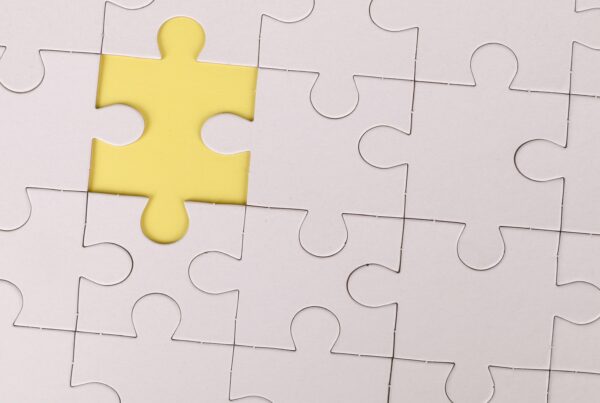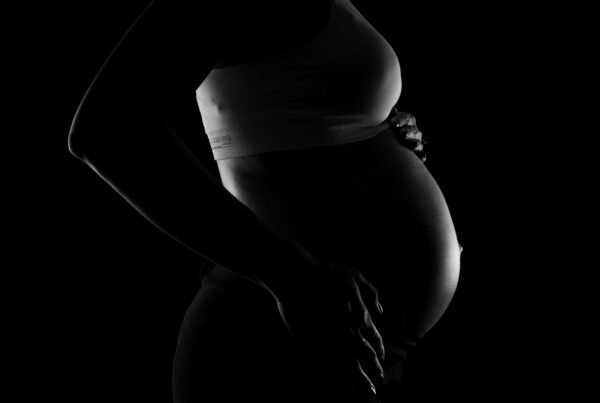What do you think? Let us look at some evidences which may provoke a ‘Yes’, or ‘No’ answer. Someone might think that Freud’s generous gratitude to Breuer in Five Lectures on Psychoanalysis (Freud 1910a, SE11, P9), On the History of Psychoanalysis Movement (Freud 1914d, SE14, PFL15), An Autobiographical Studies (Freud, 1925d PFL15, SE20), is an endorsement of Breuer as the creator of Psychoanalysis. However, the consideration of certain issues in the origin and development of psychoanalysis would lead one to affirm strongly that Breuer was not a psychoanalyst. Breuer was not a member of the Wednesday Psychological Society which began in 1902 and grew quickly to become the Vienna Psychoanalytic Society in 1908. Also, Breuer was not present at the first gathering of the International Congress of Psychoanalysts in 1908.
Breuer and Freud worked on the theory of Catharsis. They disagreed over a number of issues including the problem of the pathogenesis of the mental and the theory of sexuality. Their theory was incomplete as it left certain important issues open. Their theory at the time, (Freud/Breuer, 1895, PFL 3) did not deal fully with the question of the ground in which the pathogenic process takes root. Thus, here, there is the central problem of aetiology which necessitates the question, when does a mental item become pathogenic?
In dealing with the aetiology of hysteria in the Preliminary Communication (Freud/Breuer 1895, PFL3) they both accept that this could be attributed to hypnoid states and to defence. Breuer emphasises the hypnoid states in section five of his paper (PFL3 P291ff) and also mentions the importance of defence in the same section (PFL3 P292ff, PP315-316). In his treatment of Katharina (PFL3, P194), Freud accepts the idea of hypnoid states and also seems to accept it in the case of Fraulein Elisabeth von R (Op Cit P239). However, by the end of their joint work, their differences began to emerge as can be seen in Freud’s last chapter in the book, The Psychotherapy of Hysteria (P371ff).
Thus, in dealing with the question about when a mental item became pathogenic, Breuer gave a physiological explanation. He supposed that pathogenic ideas arose during hypnoid states in which mental functions were subject to special limitations. Freud, on the other hand, gave a psychological explanation and preferred the belief that an idea became pathogenic if its content was in opposition to the dominant trend of the subject’s mental life so that it provoked the individual into a defence. This involves the interplay of forces and the operation of wishes and intentions.
Freud and Breuer disagreed strongly over the significance of sexuality in the aetiology of the psychoneuroses. Breuer found it distasteful when Freud began to investigate further into sexuality (Freud 1914d, SE14 P12). As a result, he abandoned their joint venture. He failed to notice the element of sexuality in his patient Bertha Pappenheim’s illness (popularly known as Anna O in Breuer’s case history), as he was unable to recognise her phantom pregnancy. He said of her that “The element of sexuality was astonishingly underdeveloped in her” (PFL3 P73). I think that the details above about the disagreement between Breuer and Freud show that it is fair to say that Breuer was not a psychoanalyst as he denies the essential factors of the cornerstones of Psychoanalysis.
#psychoanalysis#www.psychodynamicsfora.com#Freud#Breuer#SexandPsychodynamics psychiatry#MindCastles#ThePsychodynamicoftheUnconscious
REFERENCES
Maurice-Nneke, Antony 2025: Mind Castles, Amazons Publications
Maurice-Nneke, Antony 2022: Sex and Psychodynamics Psychiatry, Amazon Publications.
Maurice-Nneke Antony, 2003: The Psychodynamics of the Unconscious, Intapsy Publications.




